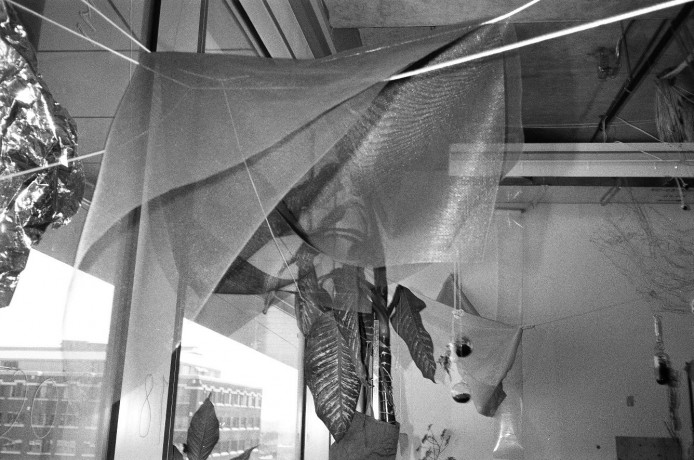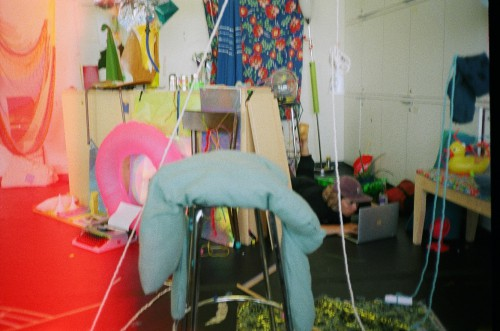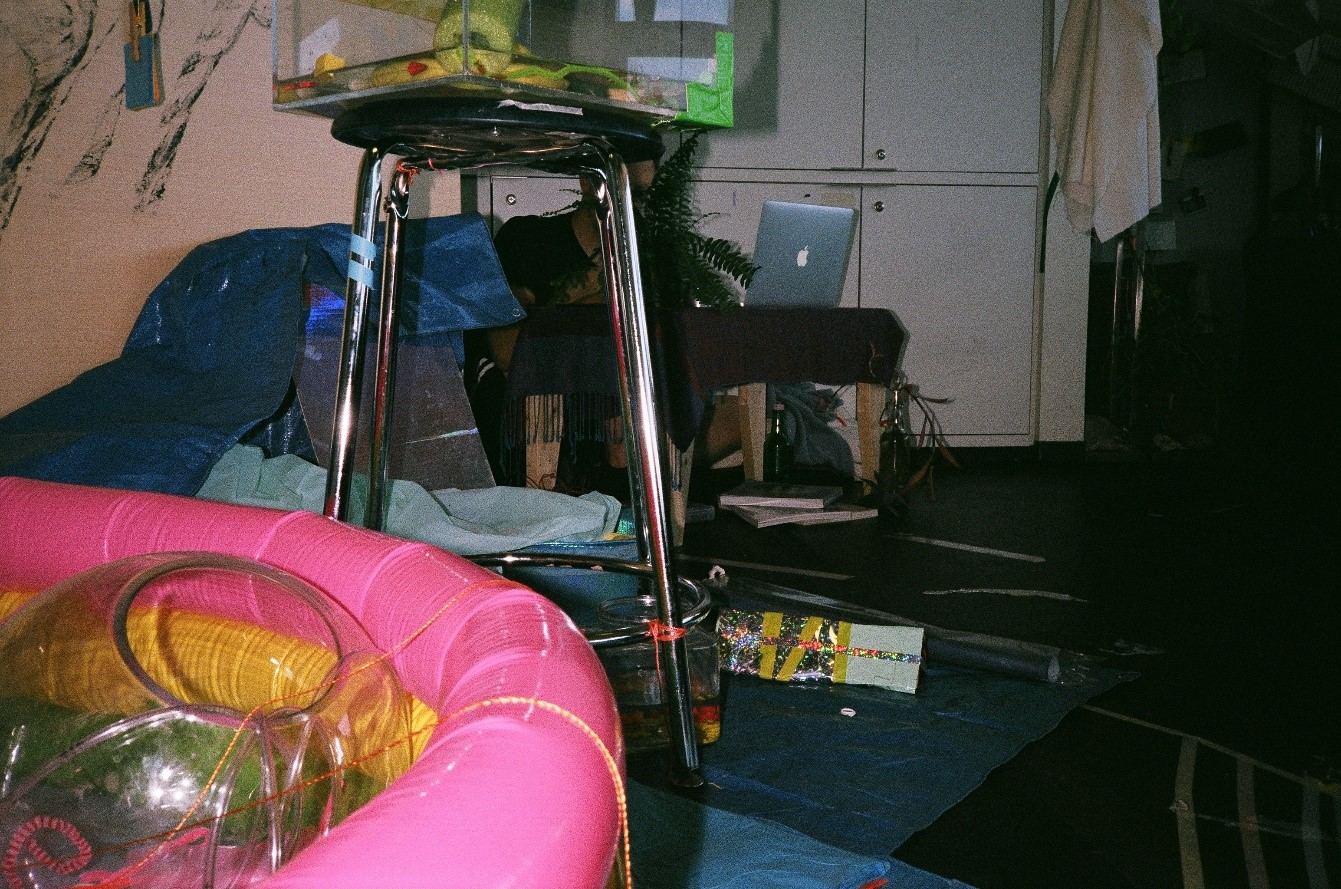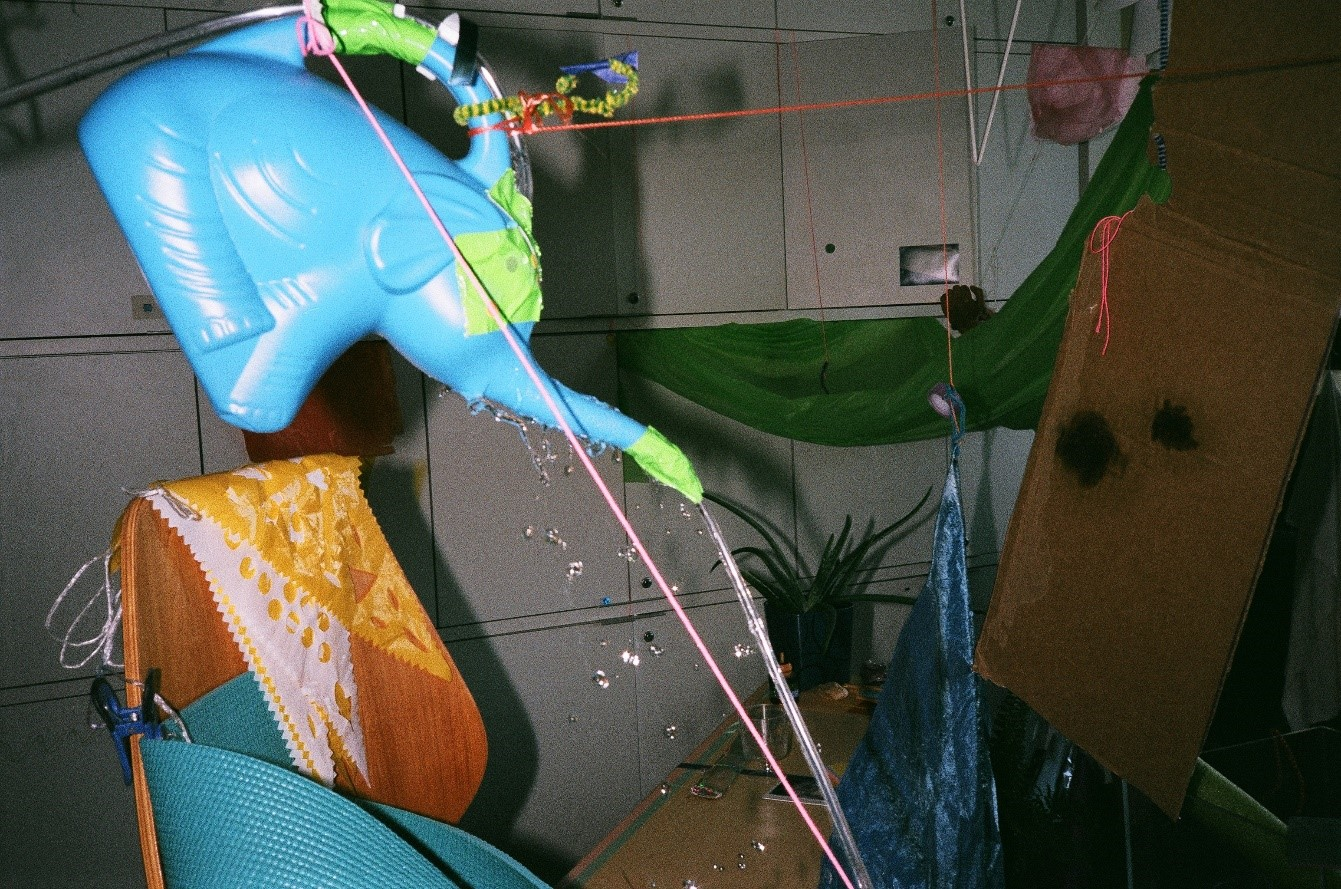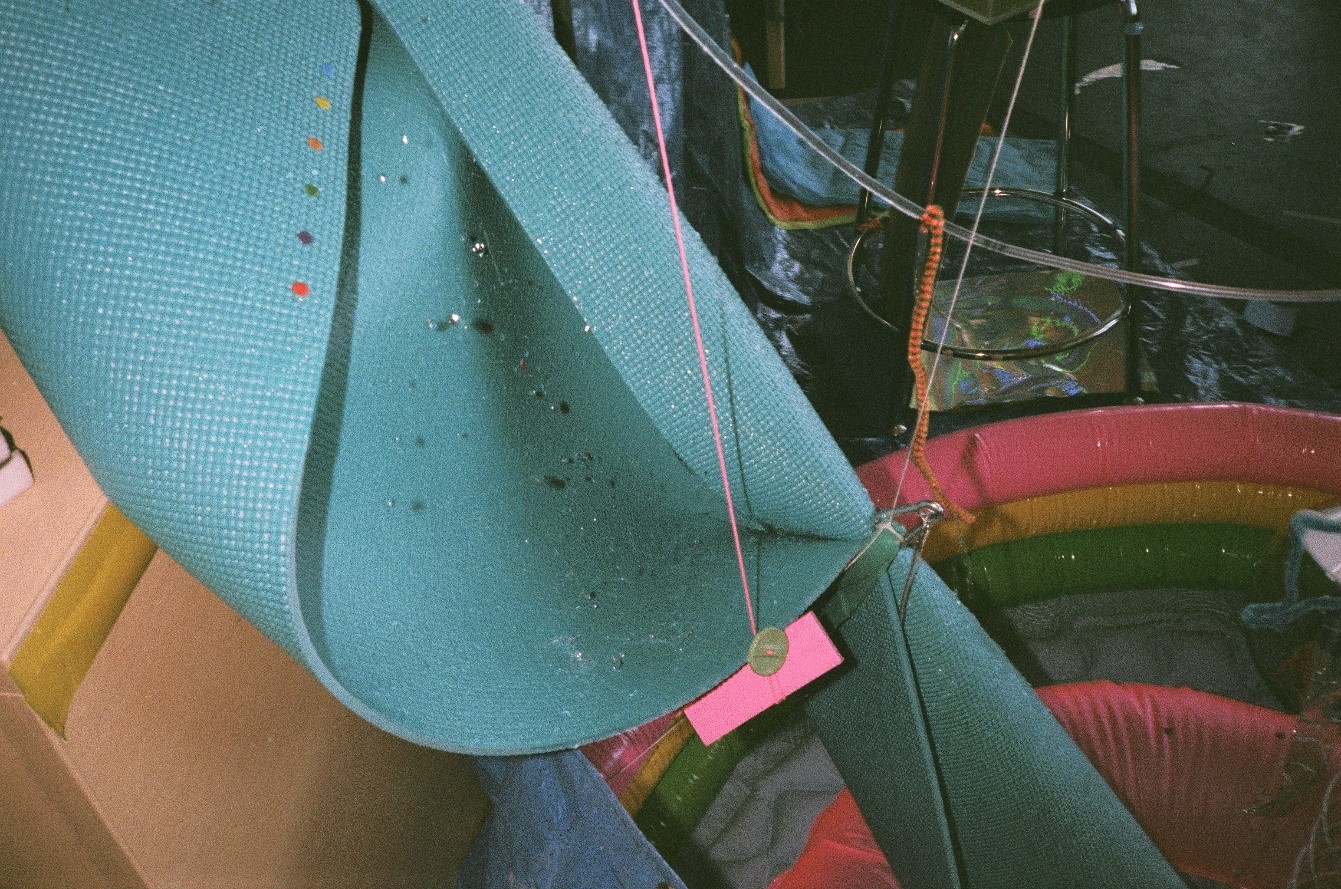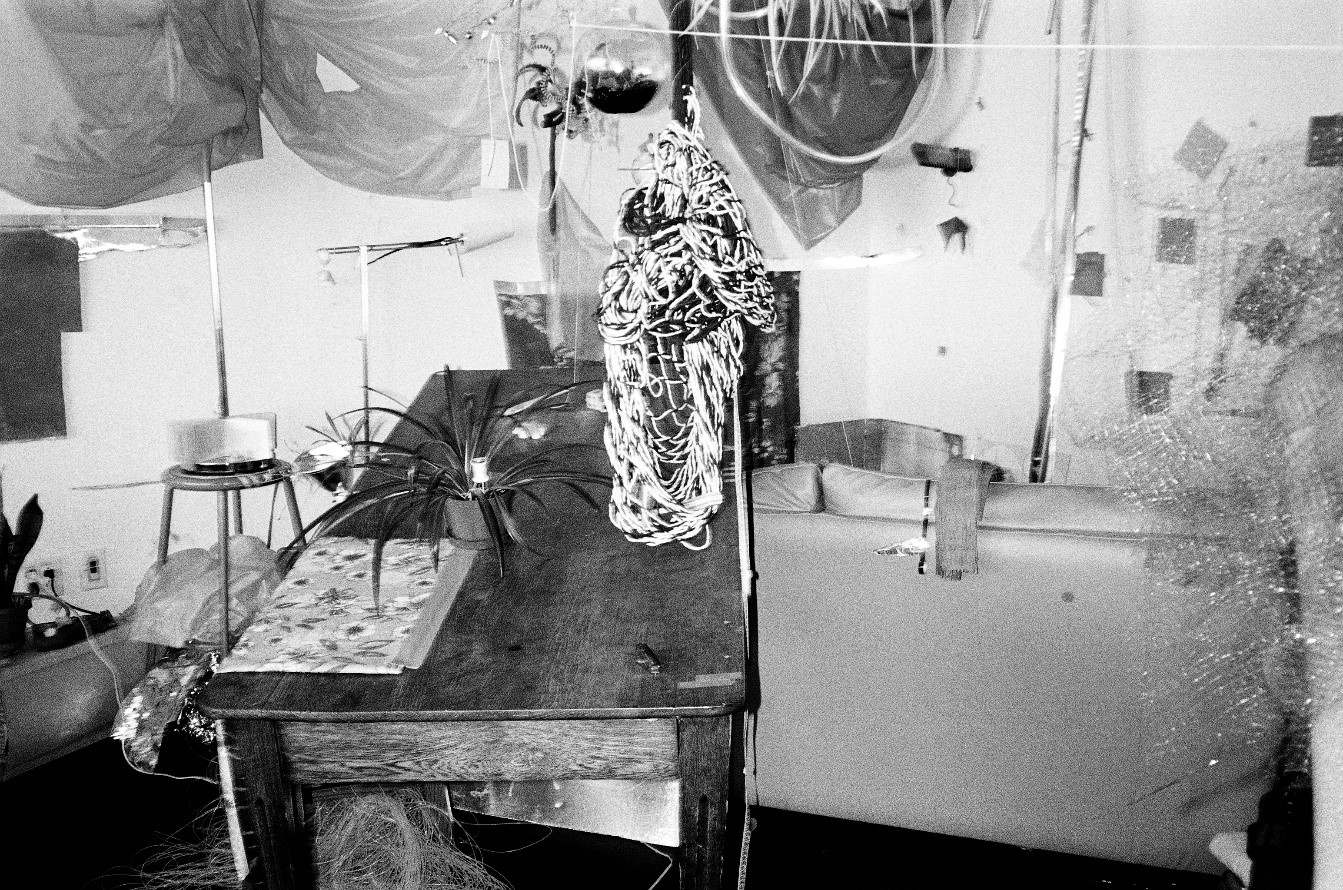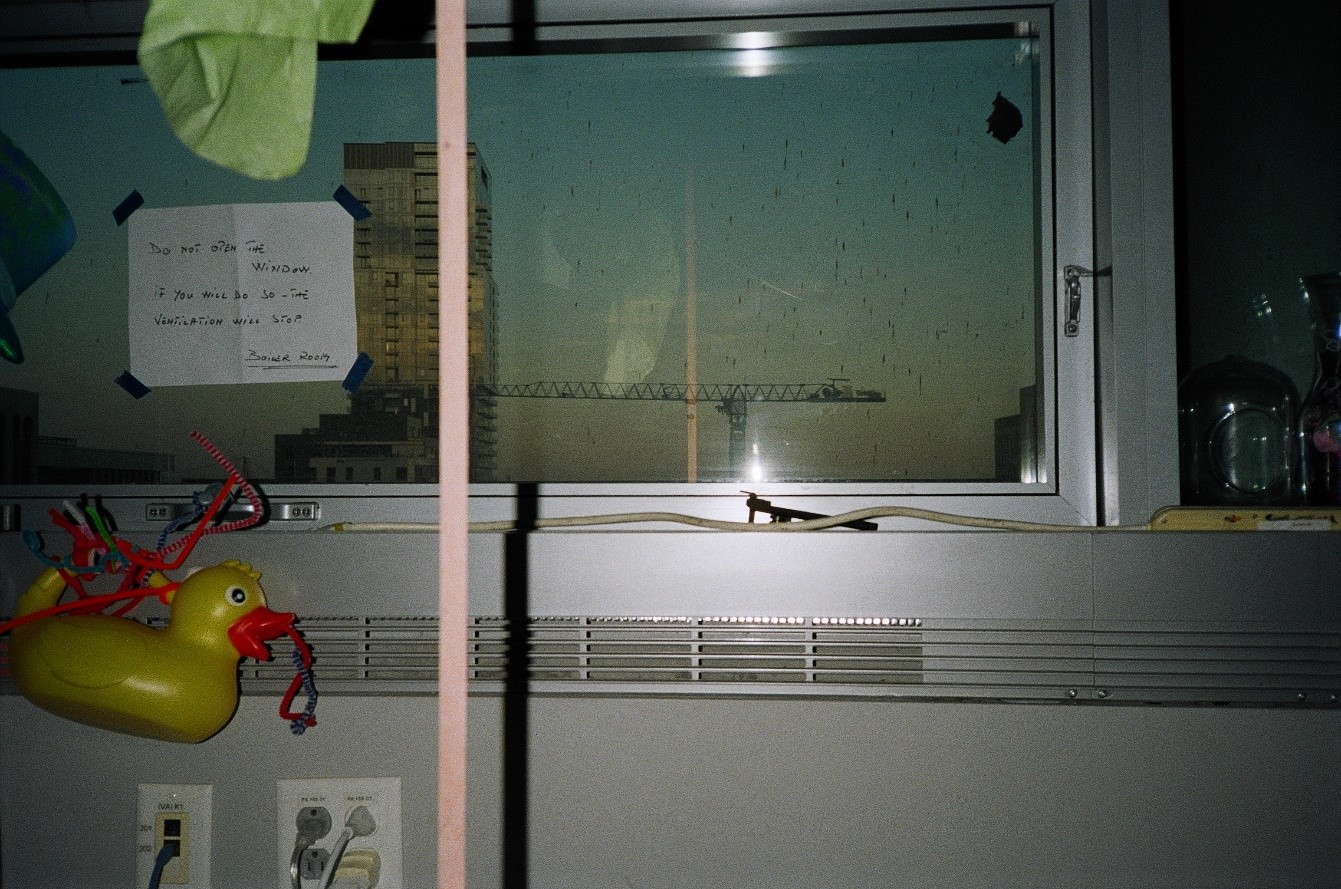The Spaze is an ongoing collective assemblage composed by Erin Manning, Brian Massumi, Leslie Plumb, Matisse AP-Simons, Francisco Trento, Anouk Hoogendoorn, Halbe Kuipers, Paula Guzantti, among others.
Our proposition is not to create a version of the Spaze in Helsinki, but to think it as an inspiration to build a procedural and contingent assemblage that is going to be composed with its localised appetites.
This work package will be developed during the three years of the research. Alberto Corsín Jiménez employs the term prototyping to discuss material practices in arts, social sciences and critical theory. According to him, it is an understanding of the material’s assemblage configurations as beta, in the way the open software communities use this terminology. The pieces, therefore, are always procedural, as the social relations that are constructed with the atmosphere of the pedagogical spaces. In this setting, the agency is not understood as being unidirectional, as in the case where the human moulds a material according to their intentionality. Prototyping is “what a perception of liberated and self-released social relationships may do to and through the material world; it is also what a conception of a material world ‘in beta’ does to social relationships” (Corsín Jiménez, 2014, p. 385). When referring to the prototypes’ operationality towards the reformulation of the university or the educational spaces in general, he argues: “the fact that the layout of the arrangement may incorporate objects that lay outside the laboratory’s walls has led to thinking of experiments as scale-shifting devices, capable of rendering the world ‘proportionate’ to new onto-epistemic frameworks” (Corsín Jiménez, 2014, p. 386). The distribution of the components into a space in a way that does not conform to the neurotypical orientations, therefore, helps to engender awareness of the existence of modalities of perception that are under-recognised. That is not achieved by mimicking a disability, like Milligan (2019, p. 07) explains, neither a simulation “of disability but a subversion of ability, a performative act at the limits of “valid” embodiment”. The trap, a technique or dispositive in the process of prototyping “displays a complex repertoire of modalities of social agency, including action, subtraction and distraction” (Corsín Jiménez, 2014, p. 391). In an example, he says that a “broken elevator interrupts consensual expectations indeed. Such a scenario, then, ‘compels everyone to produce, to “artifactualize” themselves, in a mode which gives the issue around which they are all gathered the power to activate thinking, a thinking that belongs to no one, in which no one is right’” (Corsín Jiménez, 2014, p. 391). It enables one to disentify with oneself, in the terminology of Muñoz (2009). Corsín Jiménez’s proposal’s ultimate goal is the crafting of new modes of sociality that put the human and the non-human in the same ontological level.
The operationalisation of the project, regarding both its material and digital outcomes, will comply with the recommendations of the AGENDA2030 towards sustainability and equality.
